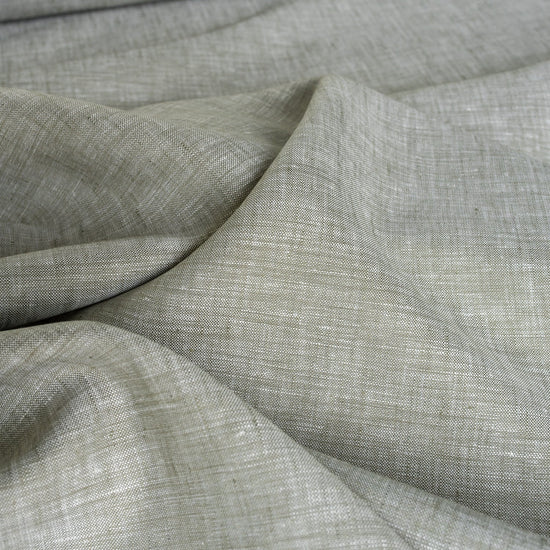Linen, a textile derived from the fibers of the flax plant, has been cherished for thousands of years for its durability, breathability, and unique aesthetic. As one of the oldest known fabrics, linen's enduring popularity speaks volumes about its unmatched qualities and versatility. Today, Linen Material remains a staple in fashion, home décor, and even industrial applications, making it a material worth exploring in depth.
Origins and Historical Significance
Linen's history dates back to ancient Egypt, where it was highly prized for its lightness and cooling properties in the hot, arid climate. The Egyptians used linen for everything from clothing and bedding to mummification, symbolizing purity and wealth. This ancient heritage underscores linen's esteemed status and its integral role in human civilization.
Unique Characteristics
One of the most notable features of linen is its remarkable breathability. The fabric allows air to pass through easily, making it an ideal choice for warm weather clothing. Unlike synthetic fabrics, linen's natural fibers wick moisture away from the body, keeping the wearer cool and dry. This property also makes linen highly sought after for bedding, providing a comfortable sleep environment even in the heat of summer.
Linen is also renowned for its strength and durability. It is stronger than cotton and becomes softer and more comfortable with each wash, rather than wearing out. This durability makes linen an excellent investment for both clothing and household items, such as tablecloths and curtains, which are subject to frequent use and washing.
Eco-Friendly and Sustainable
In today's environmentally conscious world, linen stands out as a sustainable choice. The flax plant requires less water and fewer pesticides than cotton, and every part of the plant can be used, resulting in minimal waste. Additionally, linen is biodegradable and recyclable, contributing to its status as an eco-friendly material.
The production process of linen, although labor-intensive, further highlights its sustainable attributes. Traditional methods of retting and scutching, which involve separating the flax fibers from the stalks, are largely mechanical and rely on natural processes, reducing the carbon footprint compared to synthetic fabric production.
Versatility in Fashion and Home Décor
Linen's versatility is another reason for its lasting appeal. In fashion, linen garments are celebrated for their elegant drape and timeless style. Linen shirts, dresses, and trousers are staples in many wardrobes, valued for their casual yet sophisticated look. The fabric's natural texture and slight sheen add a touch of luxury to any outfit, while its ability to absorb dyes well allows for a wide range of colors and patterns.
In home décor, linen's aesthetic and functional qualities make it a favorite for everything from upholstery to window treatments. Linen drapes beautifully, adding a soft, natural touch to interiors. Its durability ensures that it can withstand the demands of everyday use, while its hypoallergenic properties make it a great choice for bedding and pillows.
Maintenance and Care
Caring for linen is straightforward but requires some attention to detail. It is best washed in cold or lukewarm water to prevent shrinking, and while it can be tumble dried on a low setting, air drying is recommended to maintain its integrity. Linen Suiting Fabrics naturally wrinkles, which is part of its charm, but for a crisper look, ironing while the fabric is still slightly damp can yield the best results.






Comments